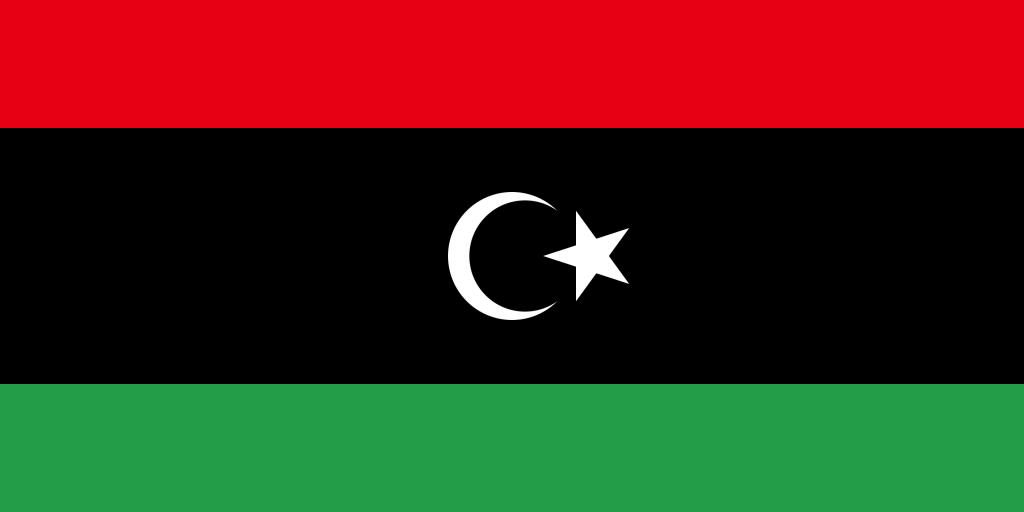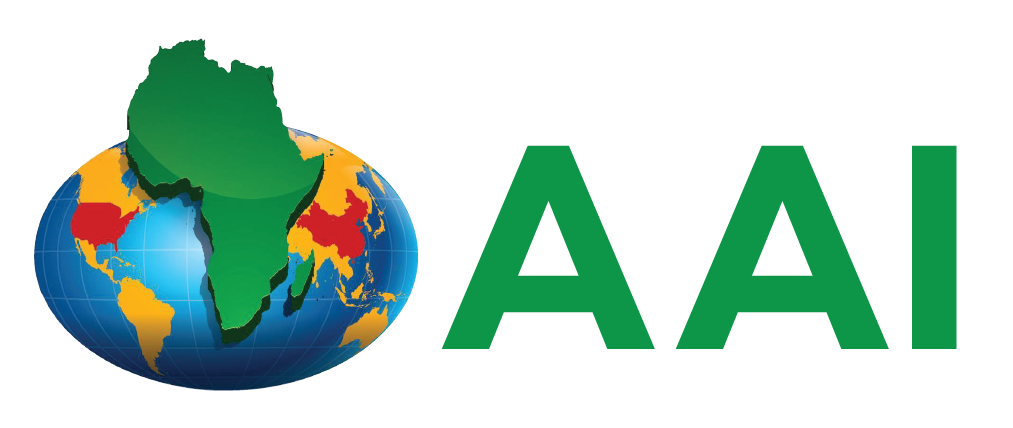Our History

Libya
Official Name: Al-Jumhūriyyah al-Lībiyyah (The Libyan Republic)
Total Area (Sq Mi): 647,184
Population (2020 est.): 4,954,000
Location: North Africa
Capital: Tripoli
Monetary Unit: Libyan dinar (LD)
Libya, located in the northernmost part of Africa, has a landmass that makes it the fourth largest country in Africa.
The predominant ethnic groups are Berber and Arab. Arabic is the most widely spoken language. Most inhabitants practice Islam.
Bordered by Tunisia, Algeria, Niger, Sudan and Egypt, Libya links into the Mediterranean Sea and has a vast expansion of desert in its northern most region. However, the ‘Great man- made river’, an underground piped water source compensates for this. Indeed it was historic digging for water sources, that led to the discovery of natural Petroleum oil reserves in 1956.
Libya, once divided into three provinces, Fezzan, Tripolitania and Cyrenaica, as part of the 16th century Ottoman Empire, was colonised by Italy in 1911. Resistance to Italian rule, was led by Omar al-Mukhtar, ‘Lion of the Desert’ a renowned leader.
An uprising in 1951, led to independence under the leadership of King Idris al-Sanusi. However in 1969, a Colonel Muammar Gaddafi overthrew the King by coup d’etat.
Libya was imposed with international sanctions, following involvement in the PanAm aircraft bombing as it flew over Lockerbie, Scotland in December 1988.
Through the influence of the ‘Arab Spring’ in 2010, many of the Arab nations were in protest of their respective governments and the Libyan city of Benghazi became the centre of the Libyan protests leading to the 2011 civil war and a subsequent intervention from NATO led military forces. Colonel Gaddafi was removed from power and assassinated.
The conflict in Libya continues and amongst the ruins some significant landmarks such as Leptis Magna, the Nymphaeum and Cyrene remain.

